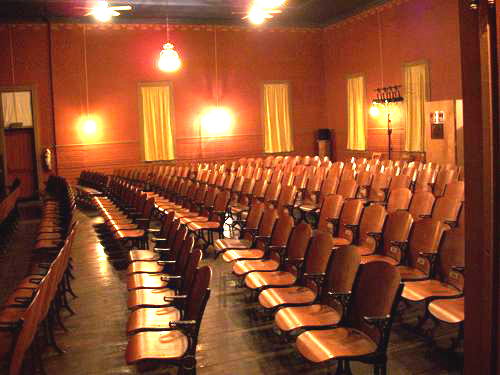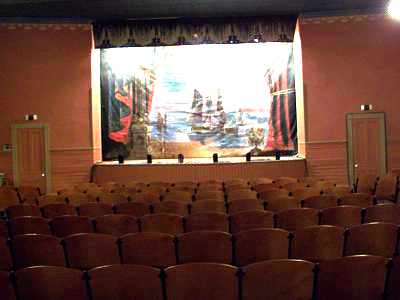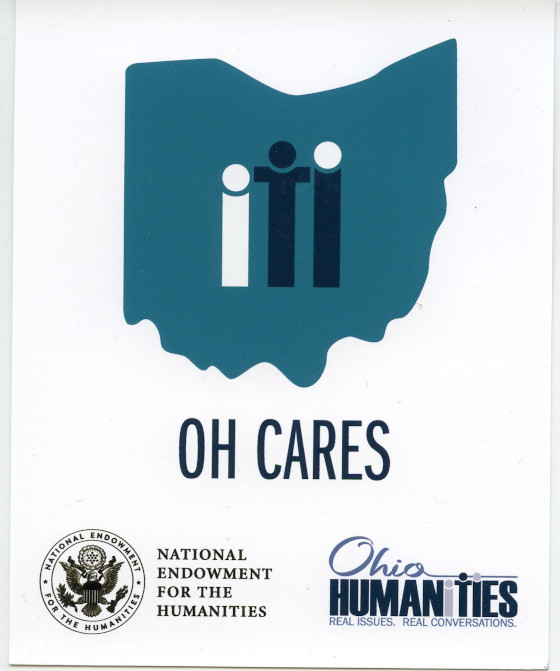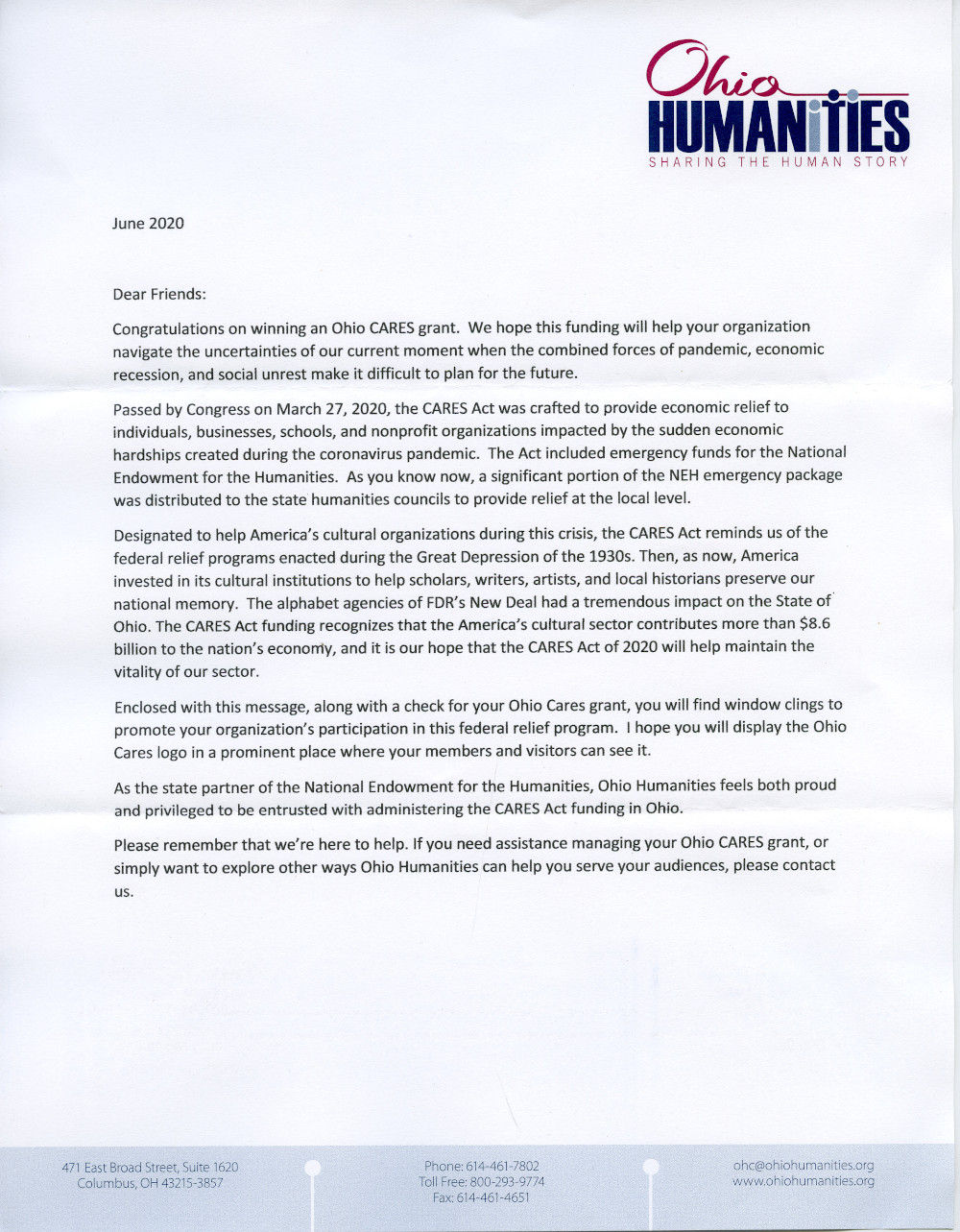5 1/2 East Main Street
Hayesville, Ohio
Virtual Tour

Thank you for coming.
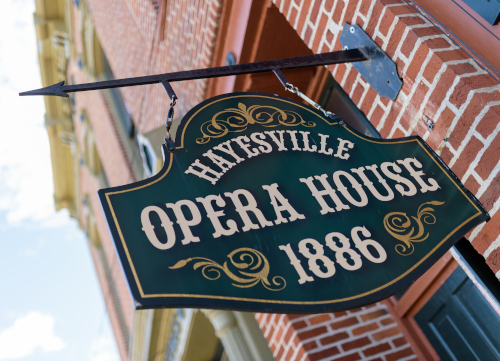
The building is an example of a typical 19th-century pubic building which saw the lower level being used for commerce and government offices. The opera house was located on the second floor. For many years the theater was used for Farmers Institute meetings, local theater productions, community concerts, the annual memorial day program, Hayesville High School productions and graduation events. In April 1926 the new Ashland Orchestra held one of there preview concerts on the opera house stage.
The highway running East to West in front of the building is the Lincoln Highway. Opened in 1913 this road is a national route through Ohio. Travelers on the road can begin in Time Square New York City and end in Long Beach, California. Including passing in front of the Hayesville Opera House.
Over the many years several organizations have come to use the opera house building. In 1976 efforts were started to bring new life to the theater through a restoration to help celebrate the national bicentennial. In 1994 the Hayesville Opera House Restoration Board was begun to help continue the work of managing the opera house to serve the good of the community.

